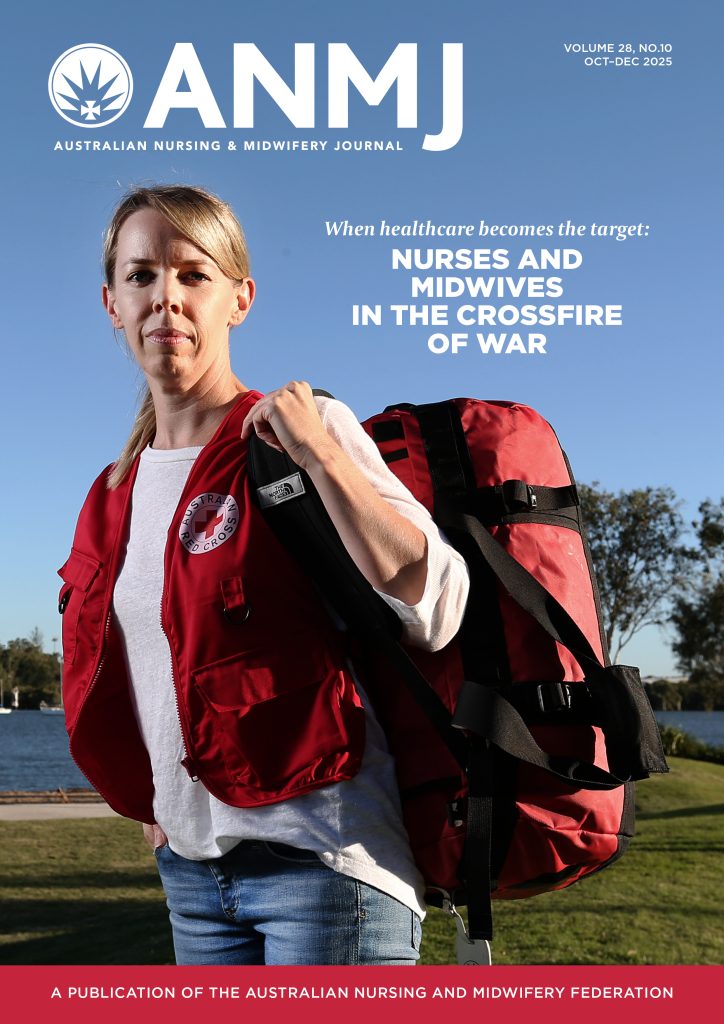For the first time, researchers have used blood tests to identify concussion caused by intimate partner violence (IPV) in patients, including some who also experienced non-fatal strangulation.
It is hoped the findings may help inform clinical care and management by health professionals of patients who present with IPV in future.
The Monash University-led study in collaboration with Alfred Health examined symptoms and blood biomarkers to detect brain injury in IPV patients who had experienced a concussion within the past 72 hours.
Patients had worse symptoms and elevated levels of a specific blood biomarker compared to patients who had not had concussion or whose concussion was due to other factors.
Of IPV patients who were recruited to the study, 80% were female (eight women and two men) and 40% experienced a combined strangulation and concussion.
One in four Australian women have experienced IPV, which is the leading cause of preventable death, disability and illness in women aged 15-44 years. Head and/or neck injuries are the most common injuries due to assault by a spouse or domestic partner.
In 2022–23, almost three in four (72% or 2,600) hospital admissions of women aged 15 years and older due to spouse or domestic partner assault involved injuries to the head and/or neck, including 435 (12%) hospital admissions for brain injury.
Physical attacks during IPV often targeted the head and neck, making brain injury one of the most significant health challenges, said senior author Professor Sandy Shultz, from the Monash University School of Translational Medicine’s Department of Neuroscience.
In some cases, those experiencing IPV were also reluctant to disclose the type or severity of their injury, making diagnosis for healthcare practitioners problematic.
If introduced, consent would be required to conduct the blood test, which would be part of the overall support system offered to IPV survivors.
“What’s unique about concussions in IPV is that they frequently occur alongside strangulation and are highly repetitive, potentially worsening the brain injury and patient outcomes,” said Professor Shultz.
“Another challenge clinically is that the detection of concussion often relies on self- or witness-report of the incident, which isn’t always possible because of fear, an inability to remember the incident due to memory loss, and because the only witness is the perpetrator.
However, it is critical to identify IPV-related brain injuries early so that proper support and interventions can occur, and more severe consequences, such as death, are avoided, he said.
With research funding due to expire at the end of 2024, the team is seeking new funding to allow it to expand the project into an Australia-wide multidisciplinary research program.
“It would develop new injury detection methods, trial new interventions to improve recovery, and implement education programs to ultimately improve health outcomes for this underserved patient population,” said Professor Shultz.
IPV-related concussion was a serious issue that needed to be addressed, said co-first author Dr Georgia Symons, from the Monash Department of Neuroscience.
“Sports concussion has rightly attracted attention recently, but IPV-related concussion is as common, if not more common, and could be worse due to the combined strangulation and repetitive nature. There are no mandatory stand down periods in IPV.”
Due to the complexity of the IPV clinical setting, blood biomarkers may be a useful method to help detect hidden cases of brain injury in IPV patients, said co-first author Dr Mujun Sun, also from the Monash Department of Neuroscience.
“This provides important insights that could inform the clinical care and management of IPV patients and provides a foundation for future research.”
The research was published in medical journal Brain, Behaviour, and Immunity.








